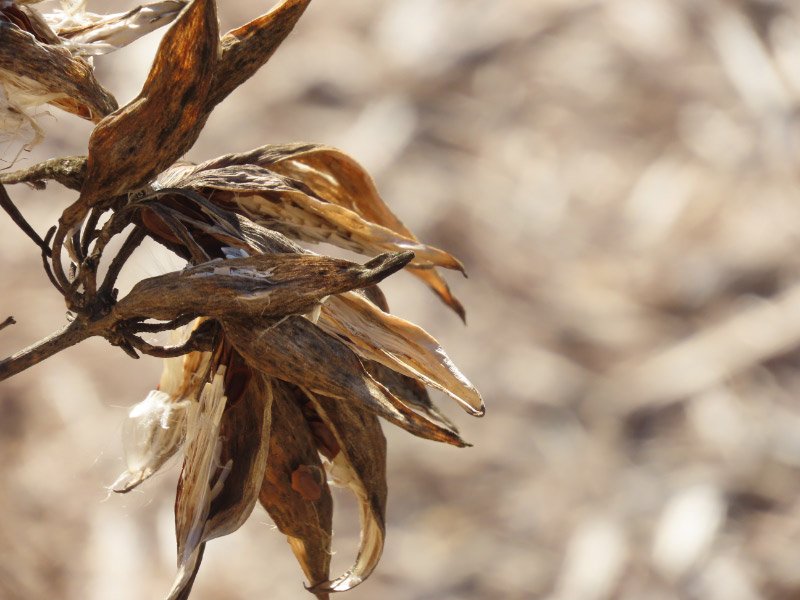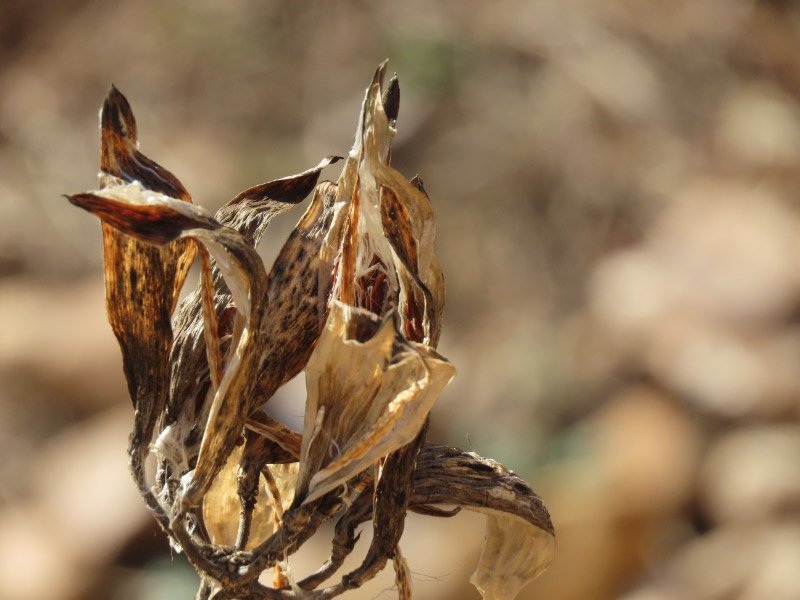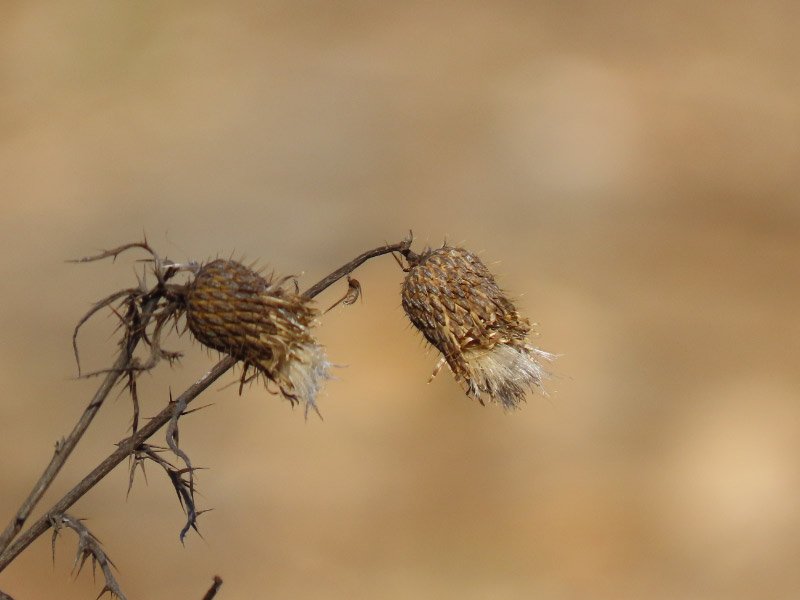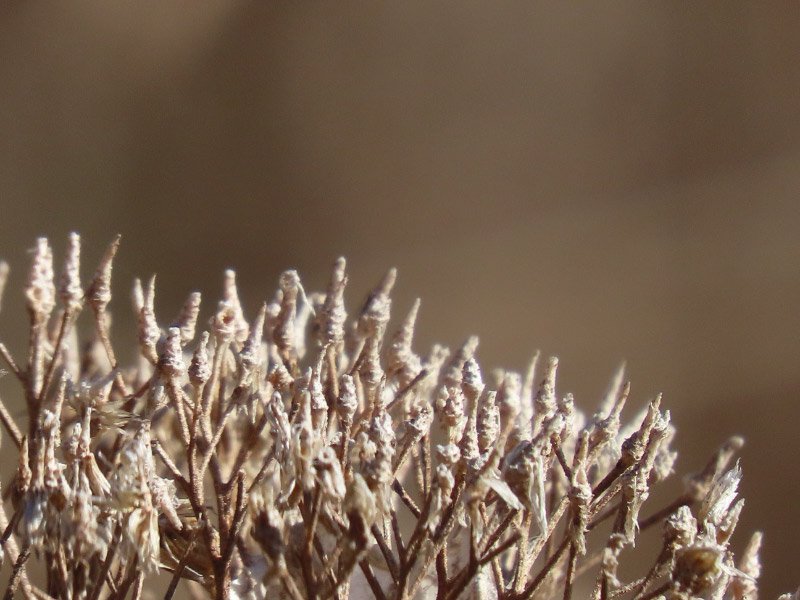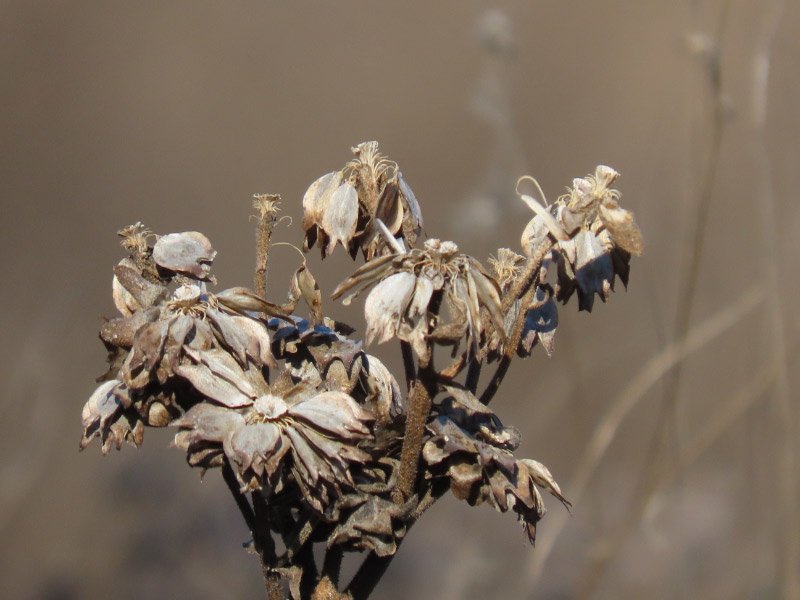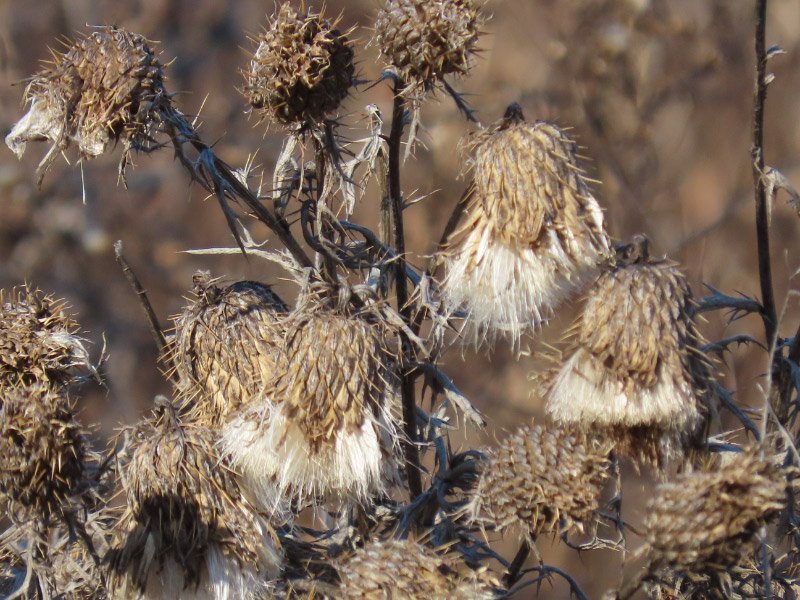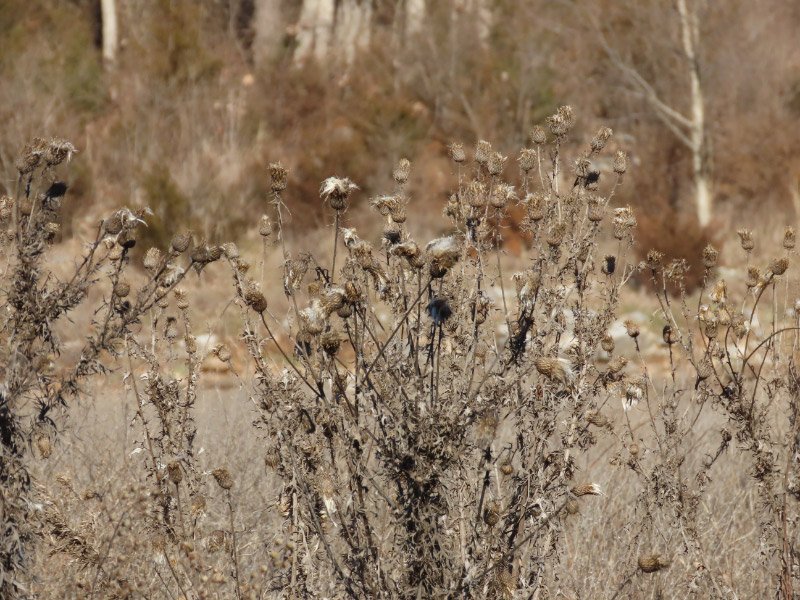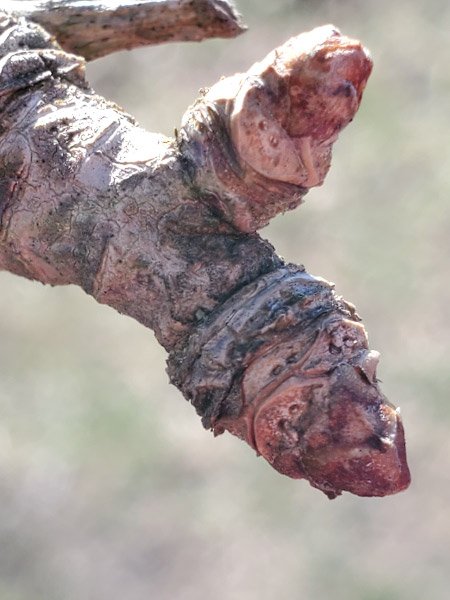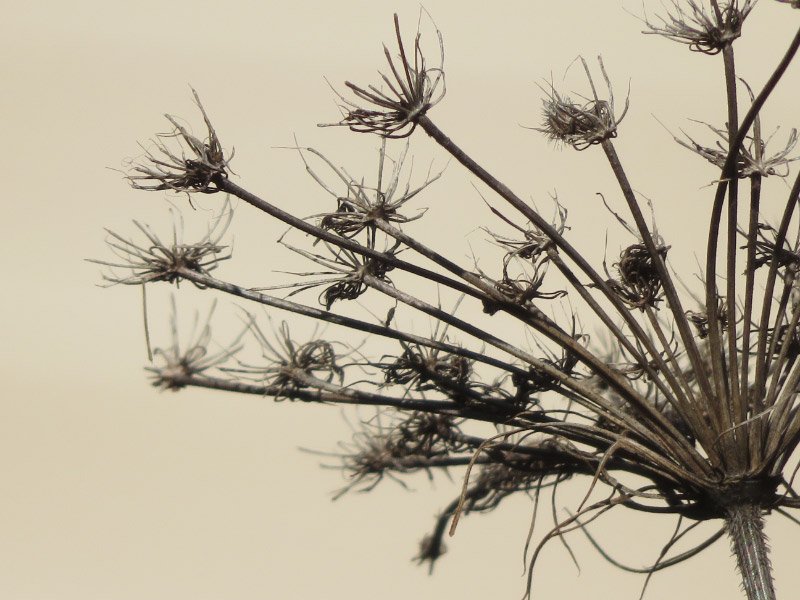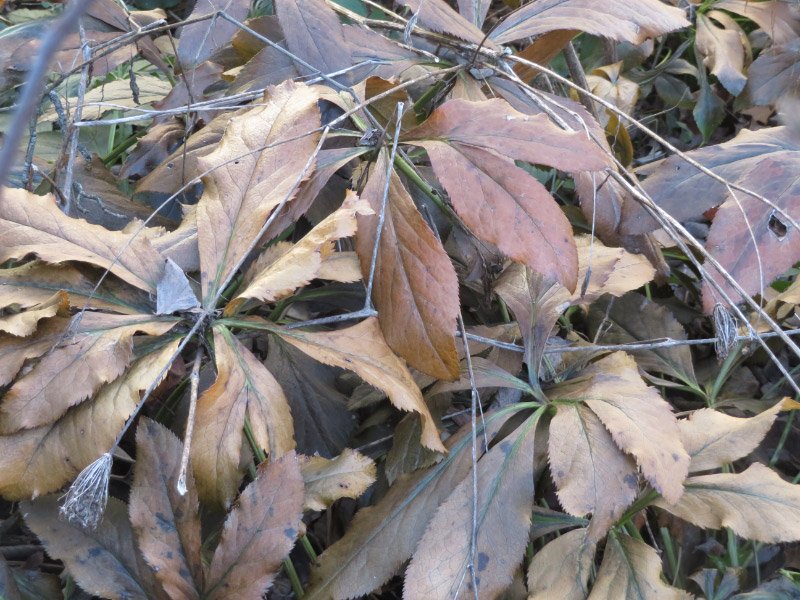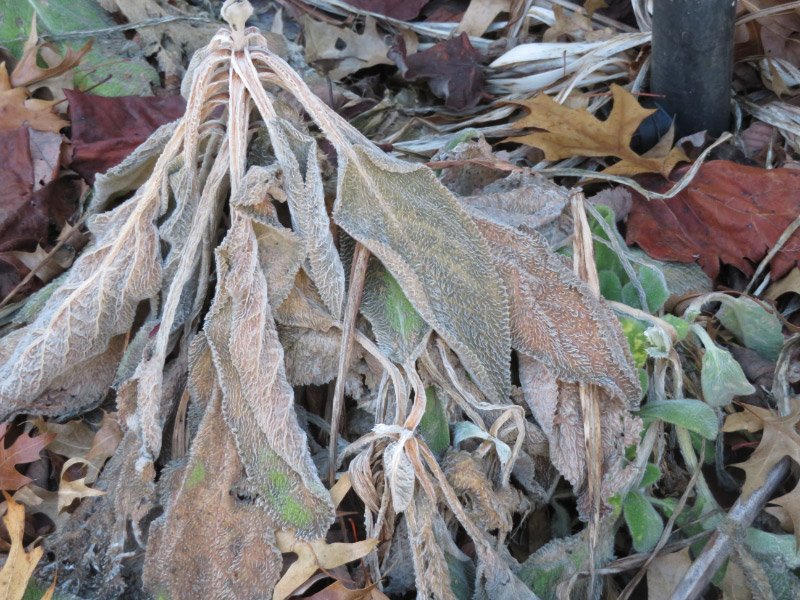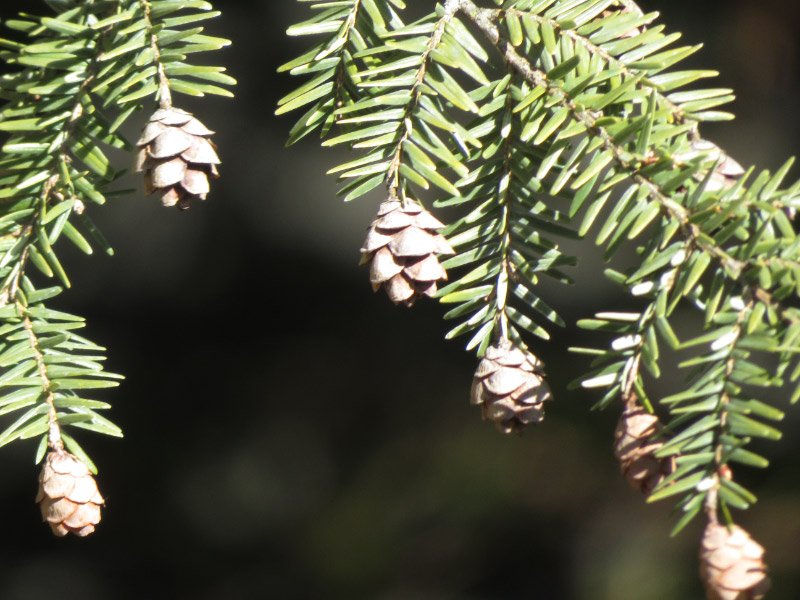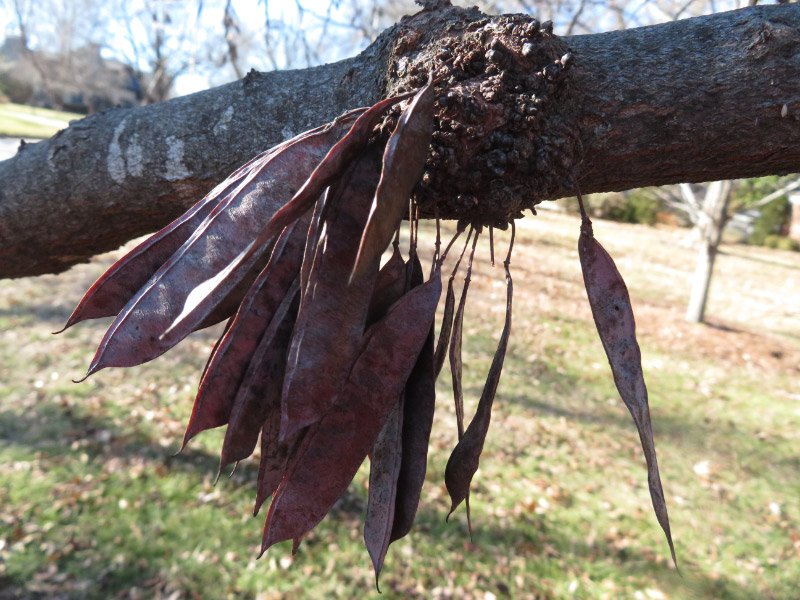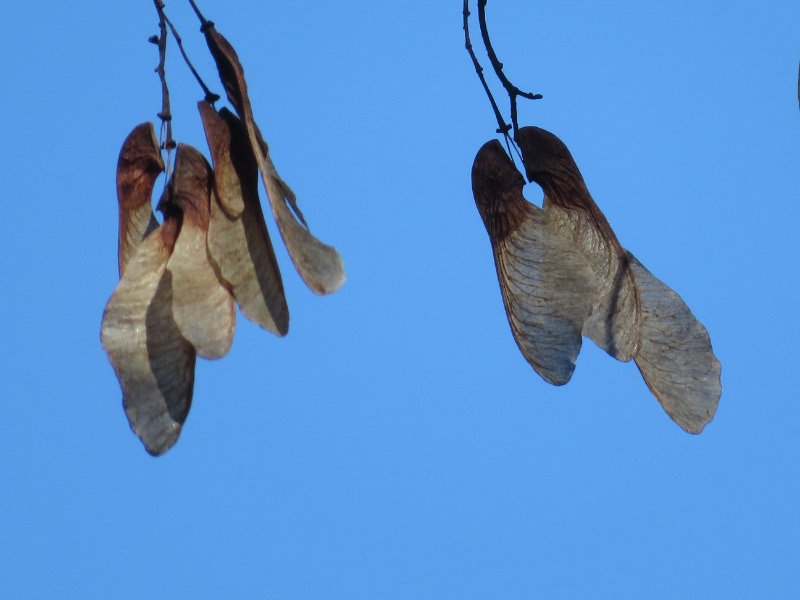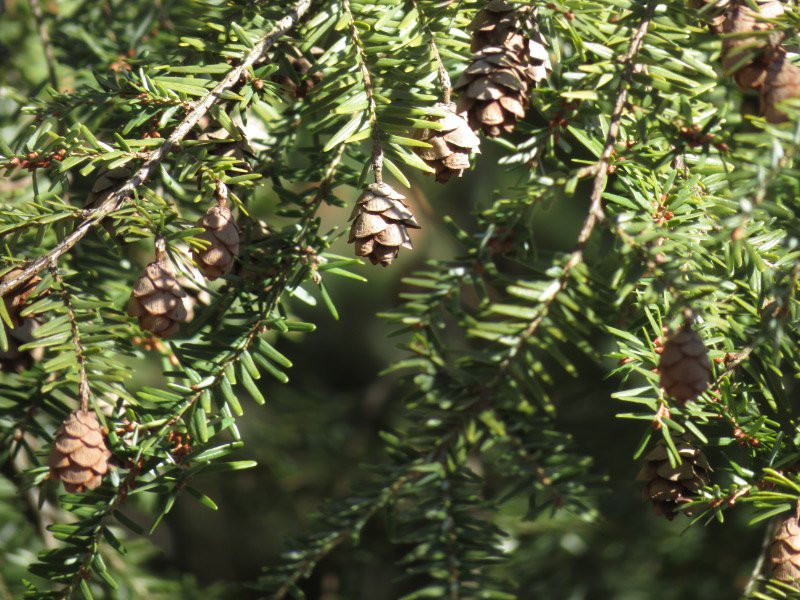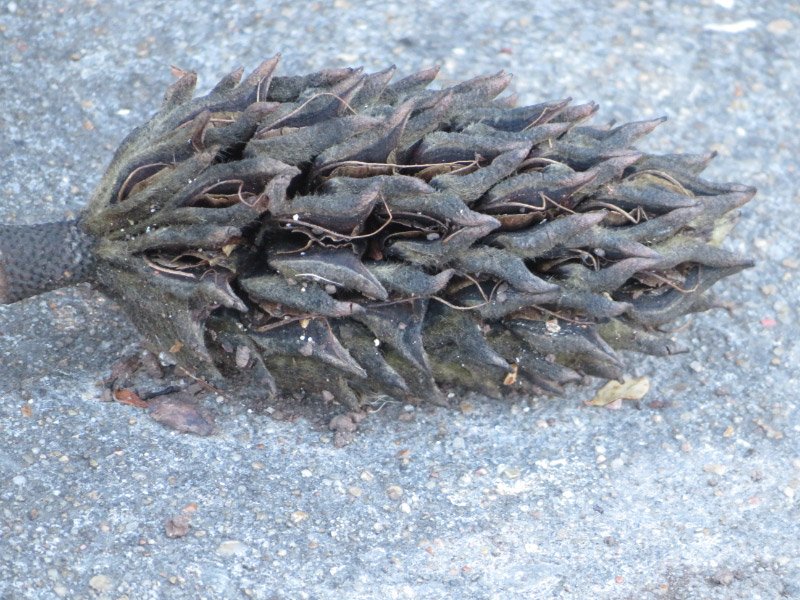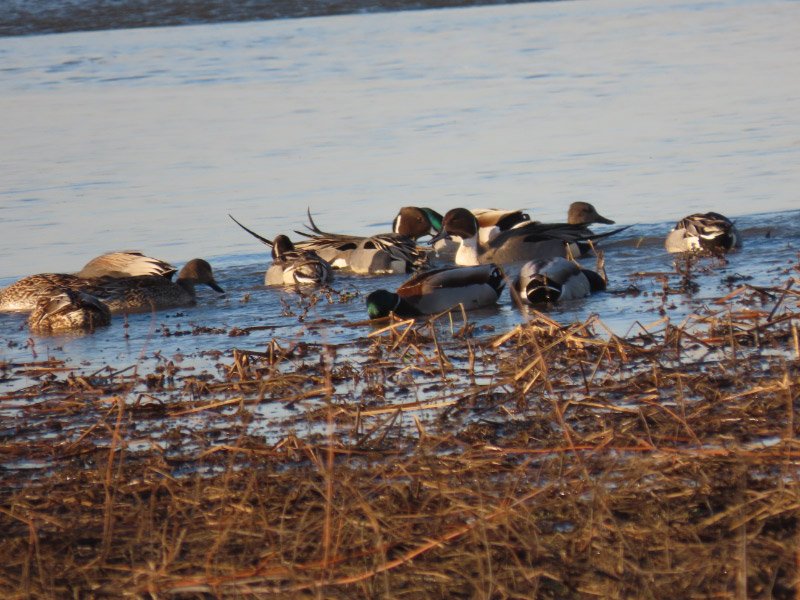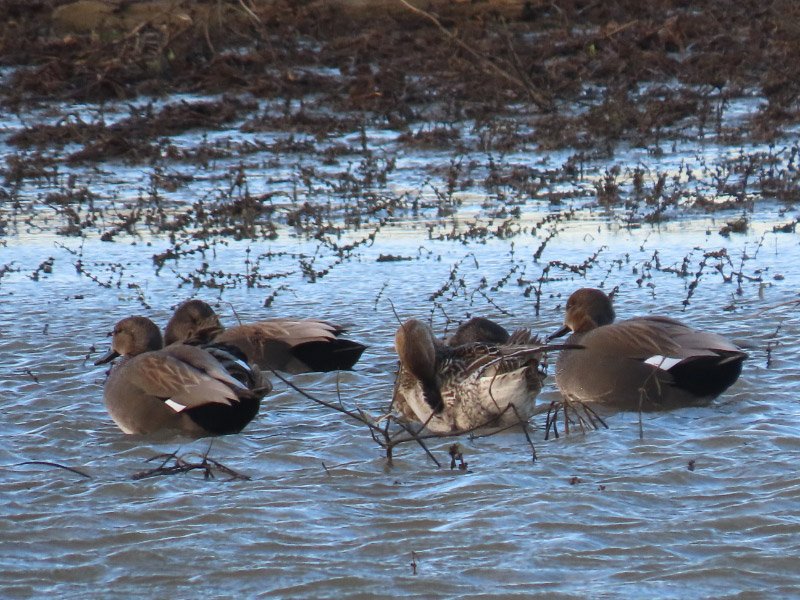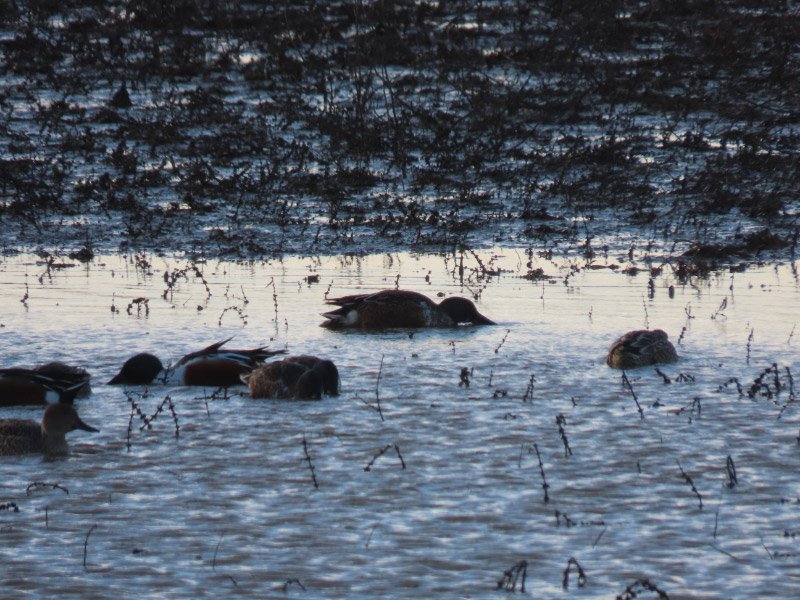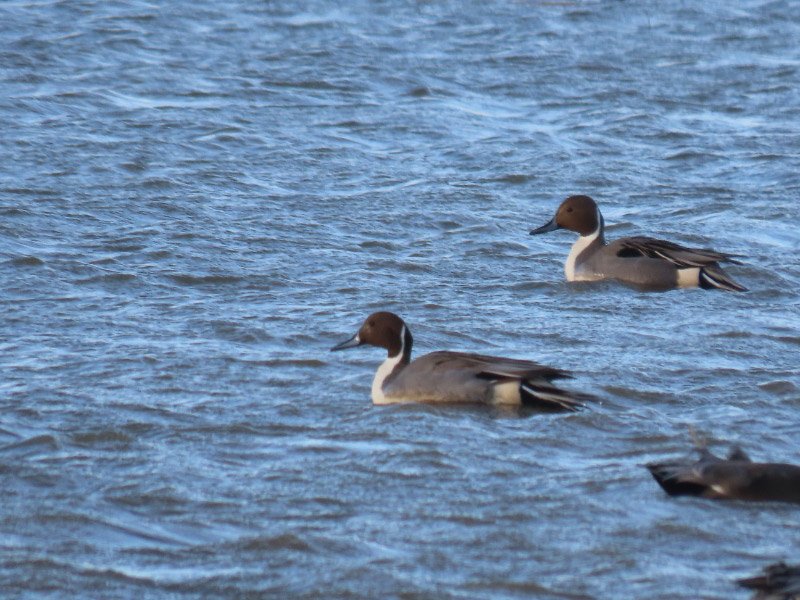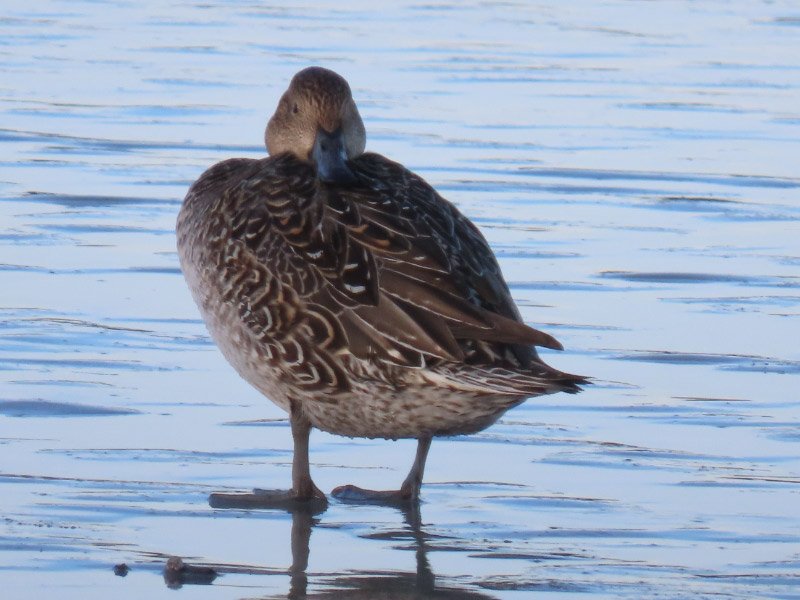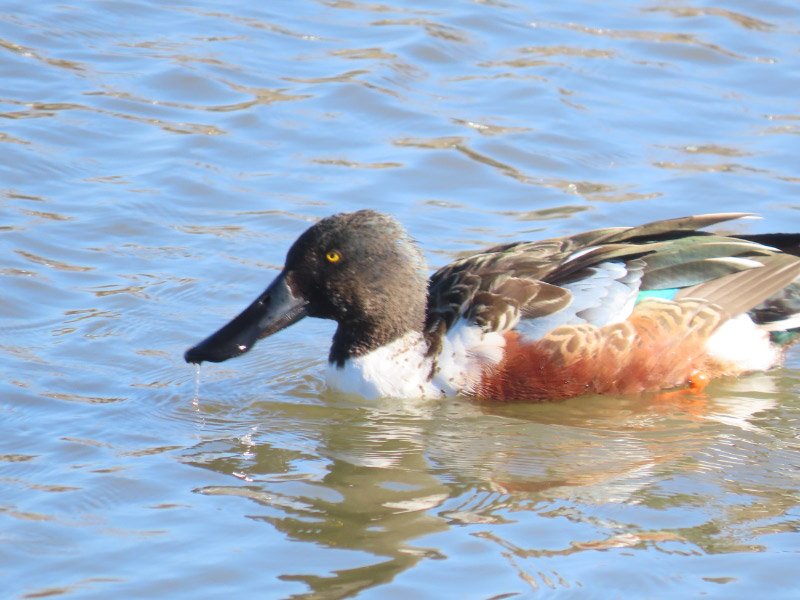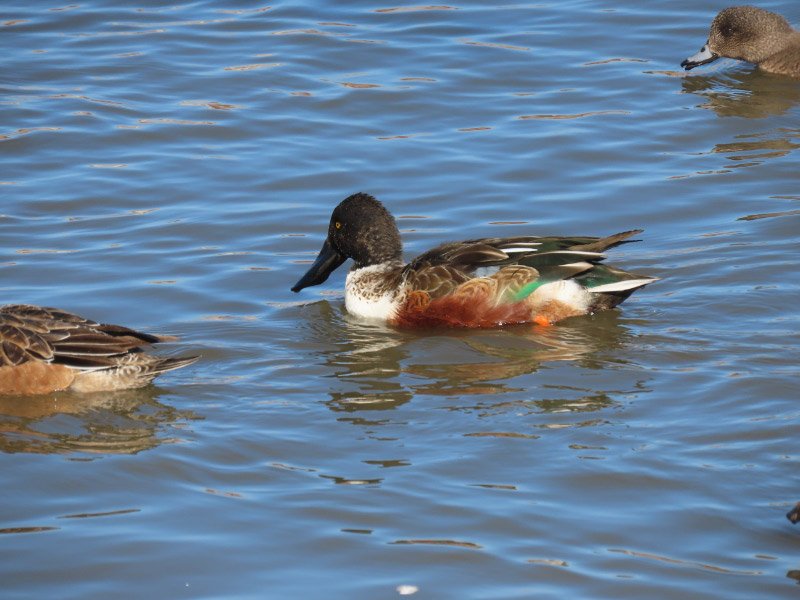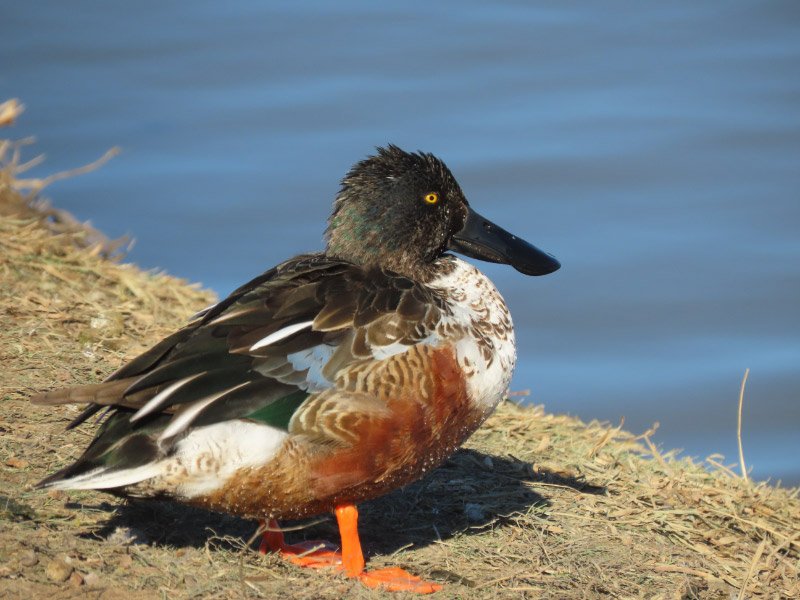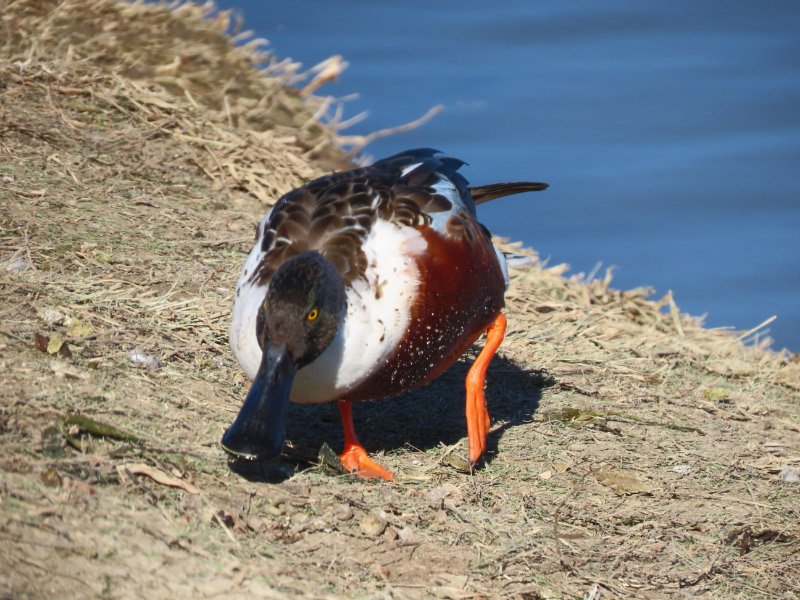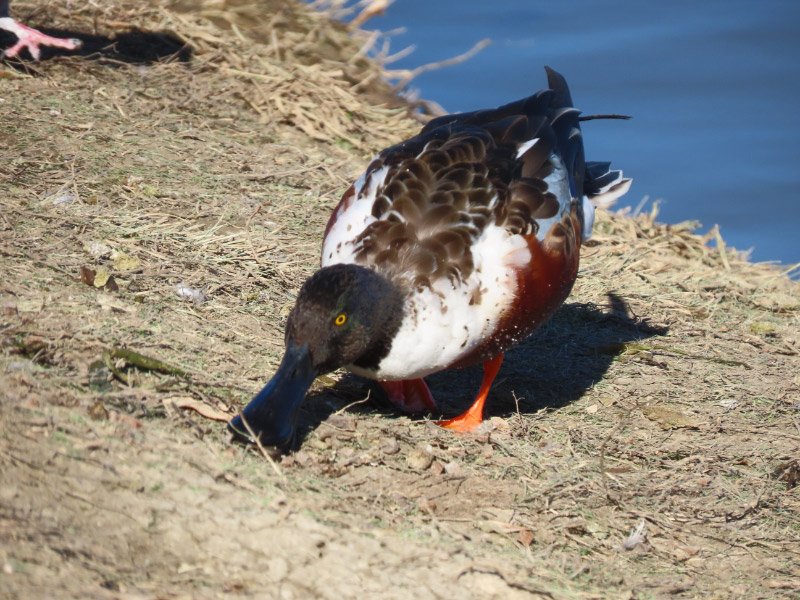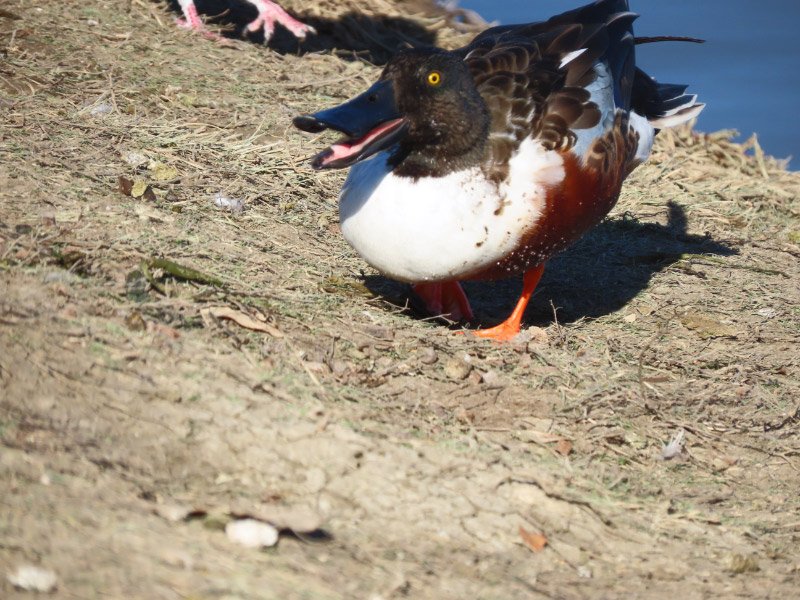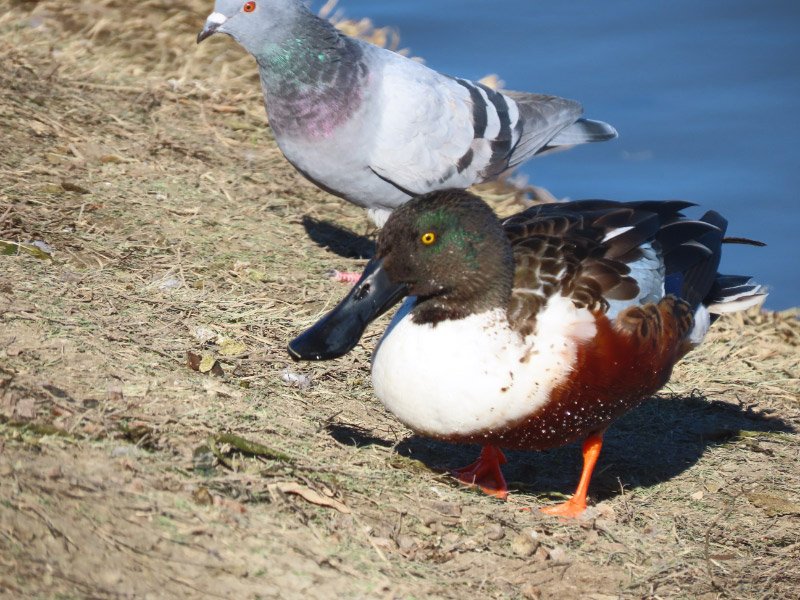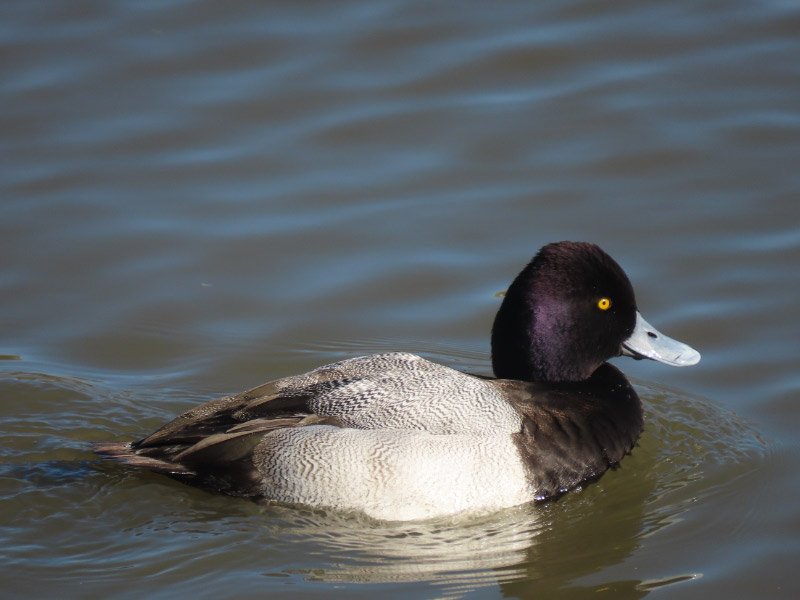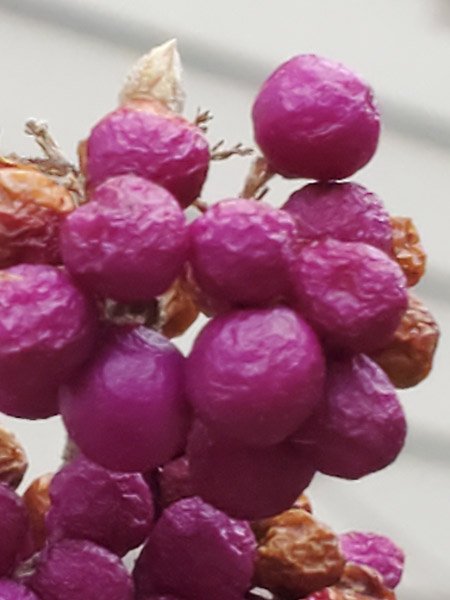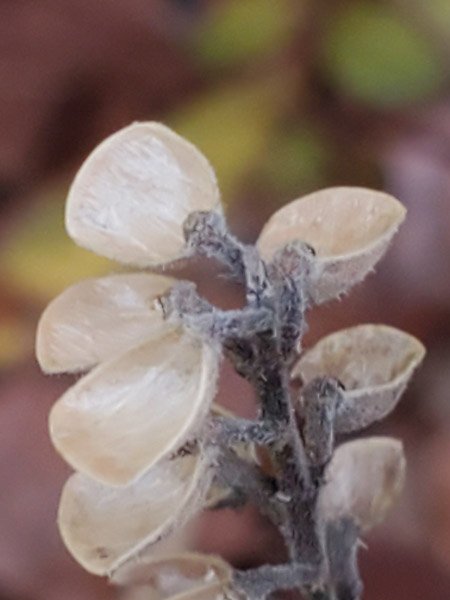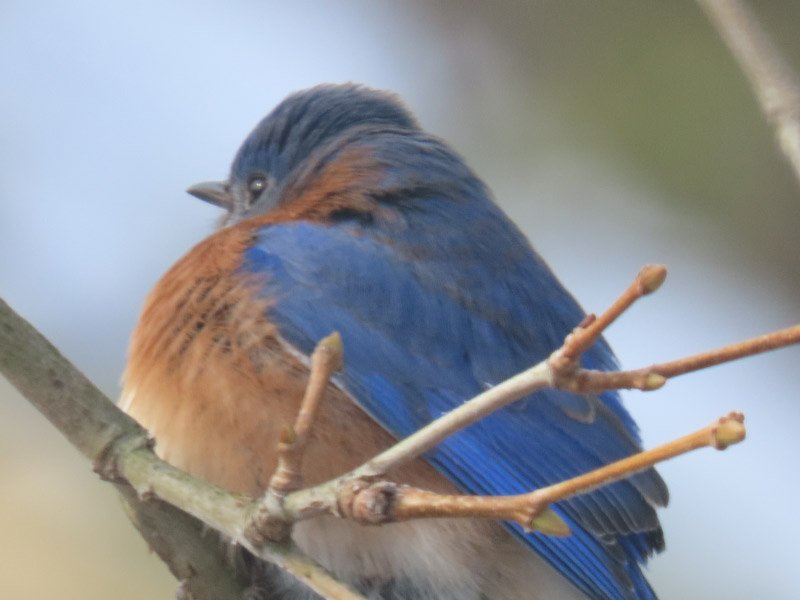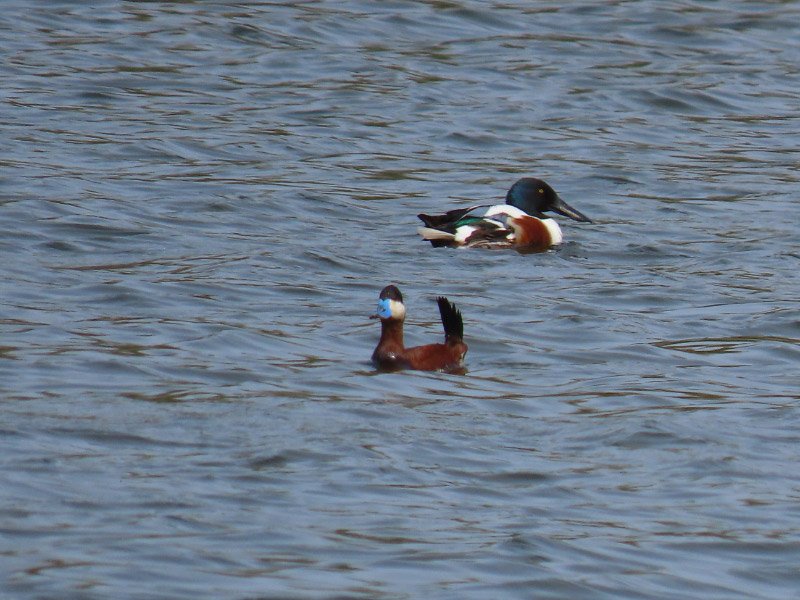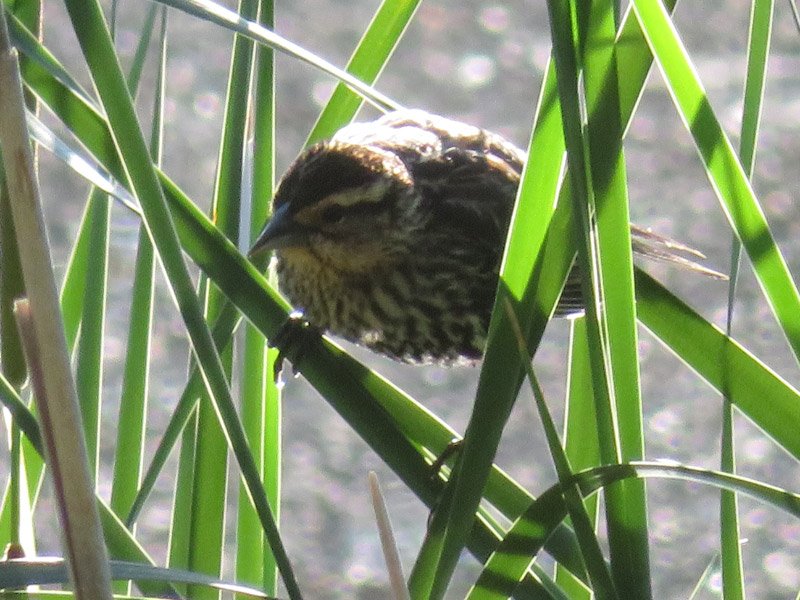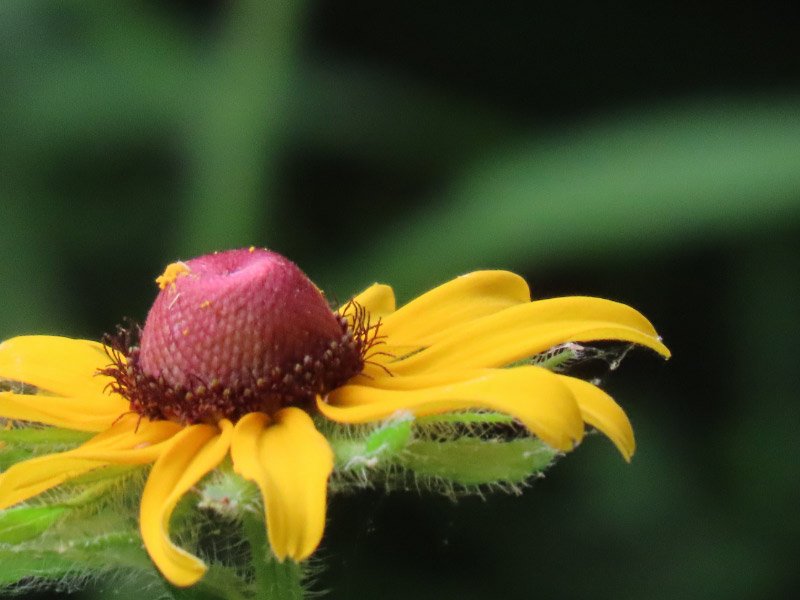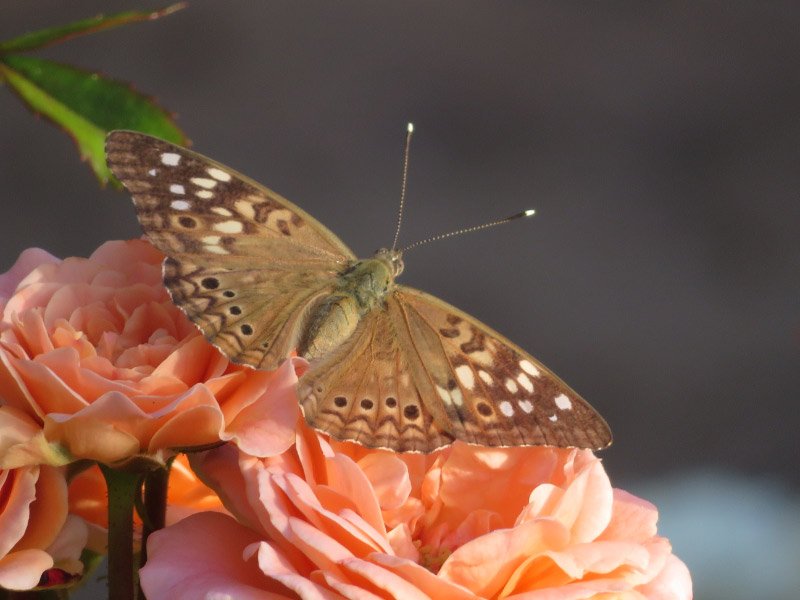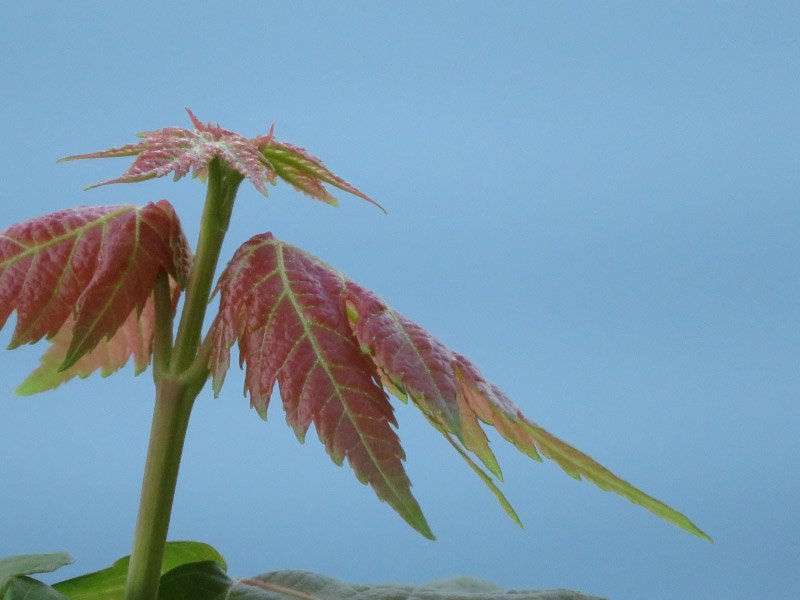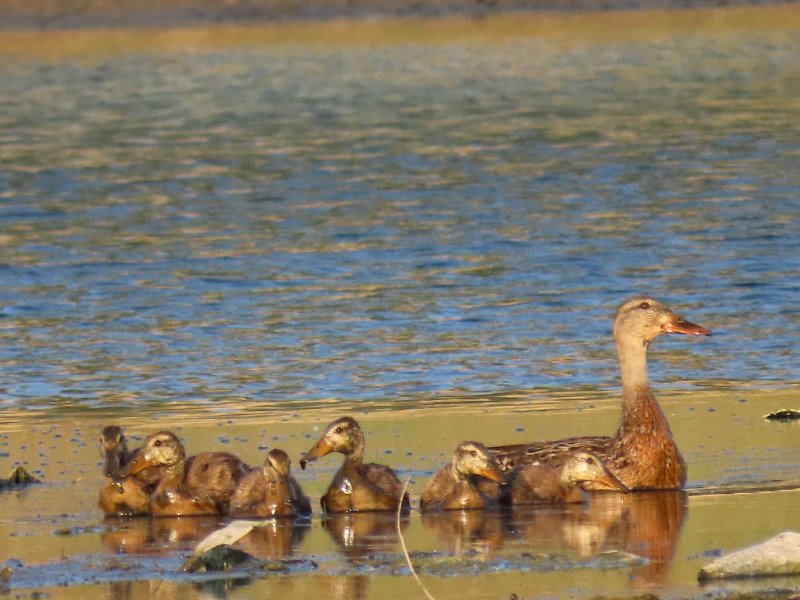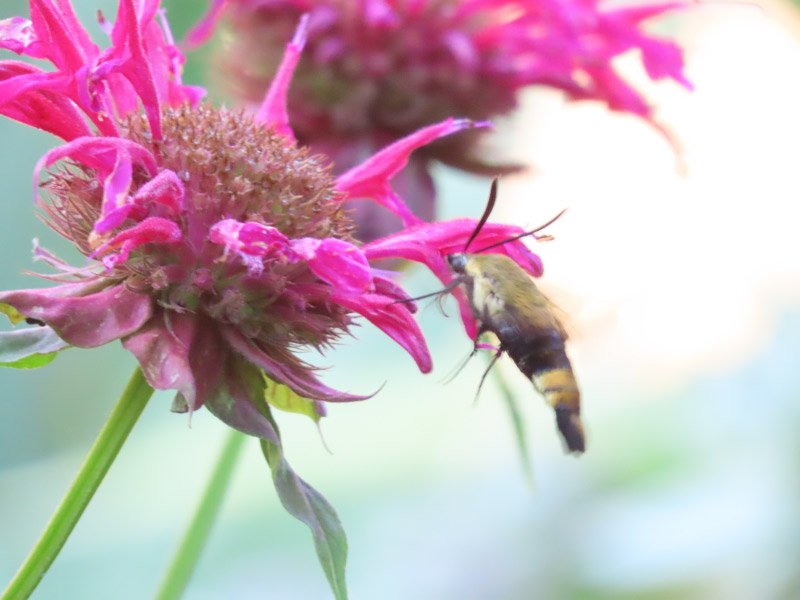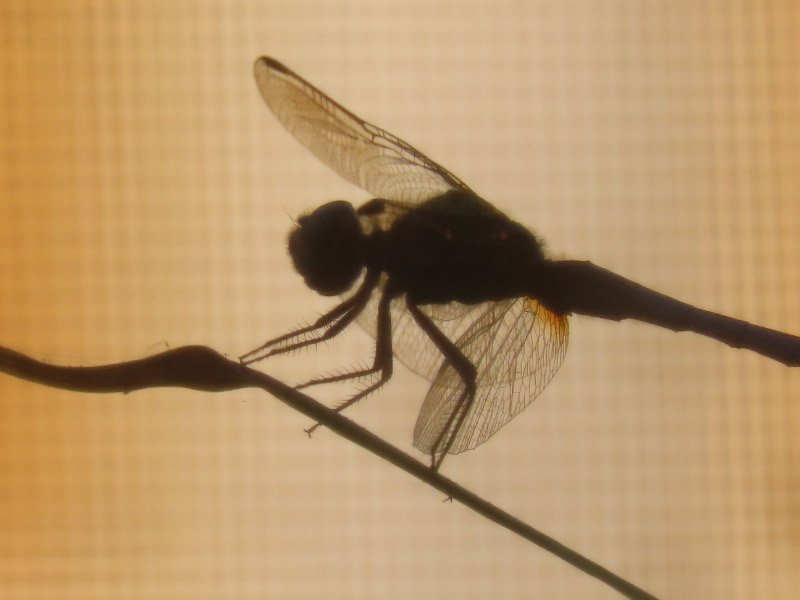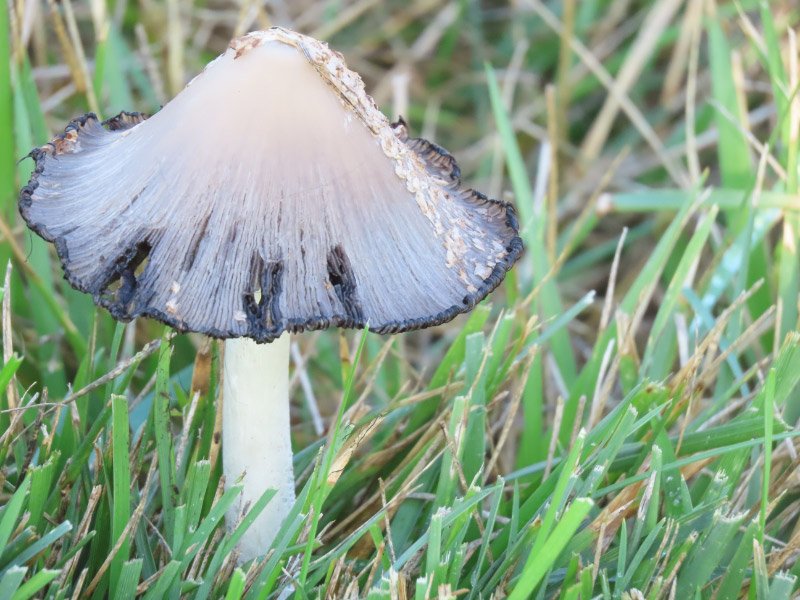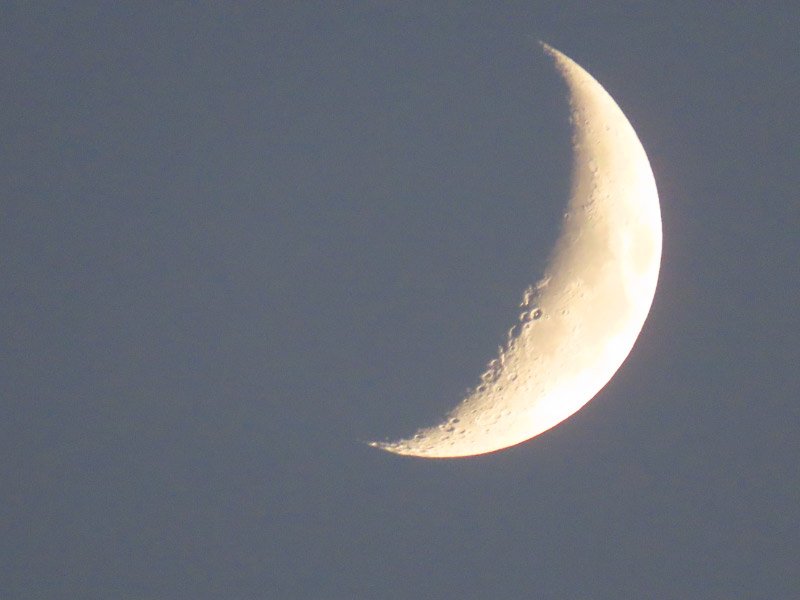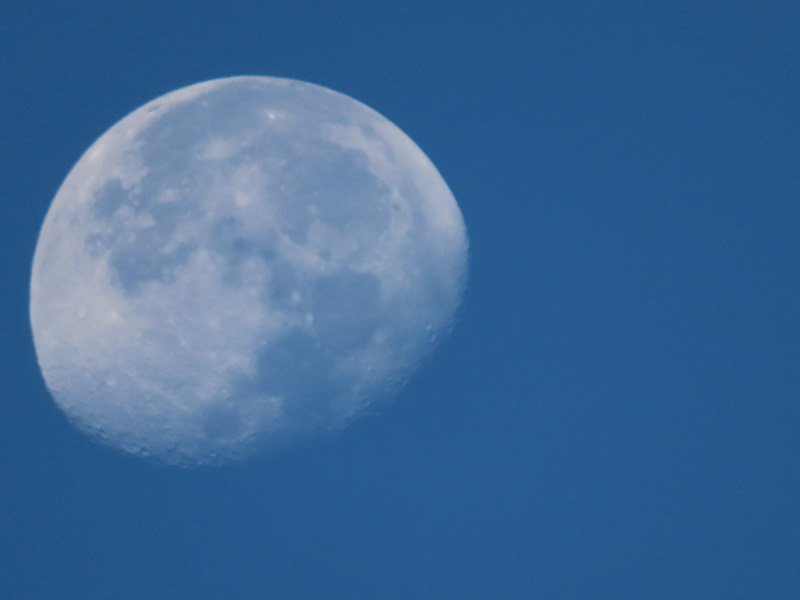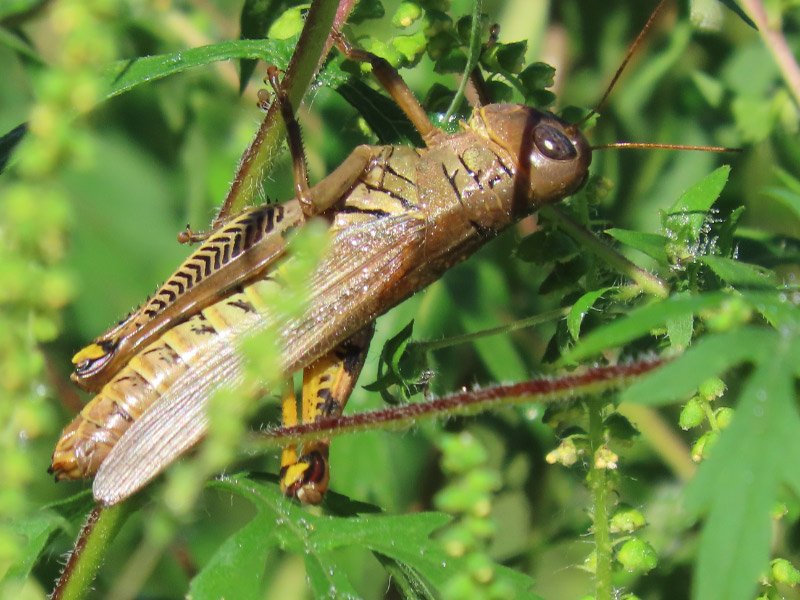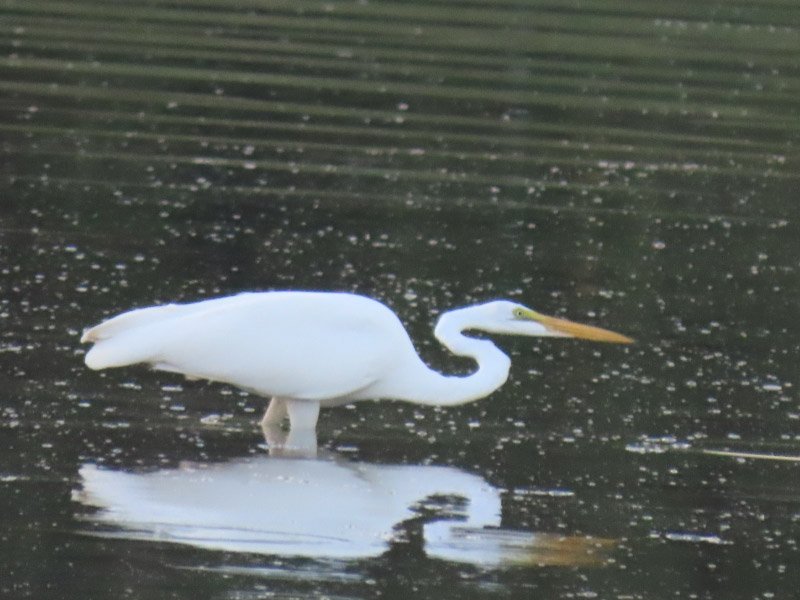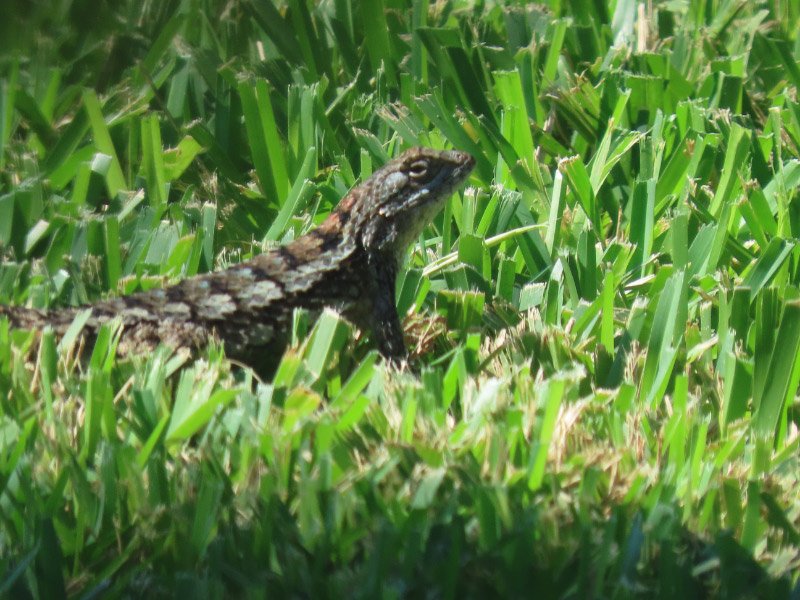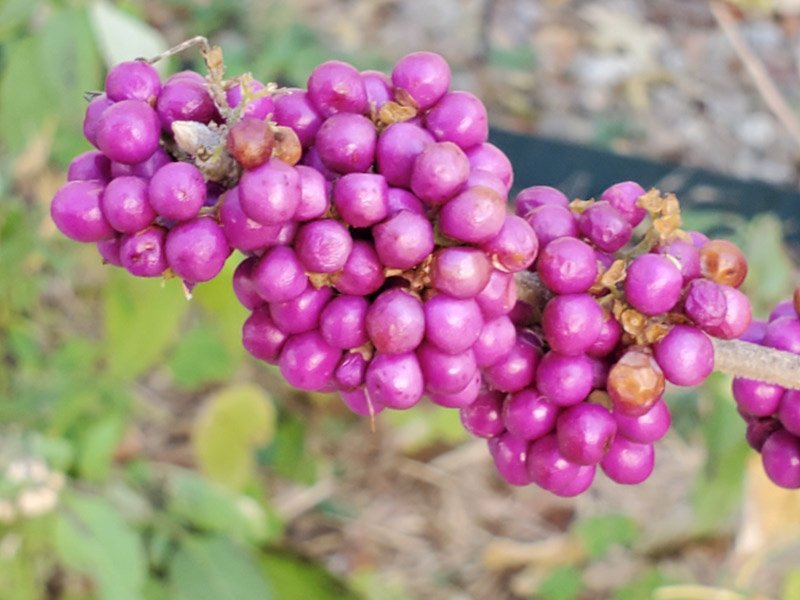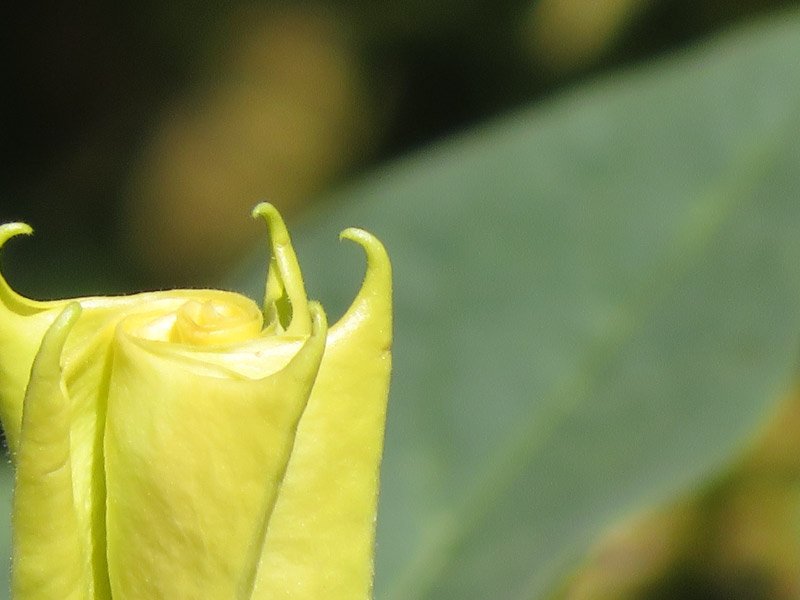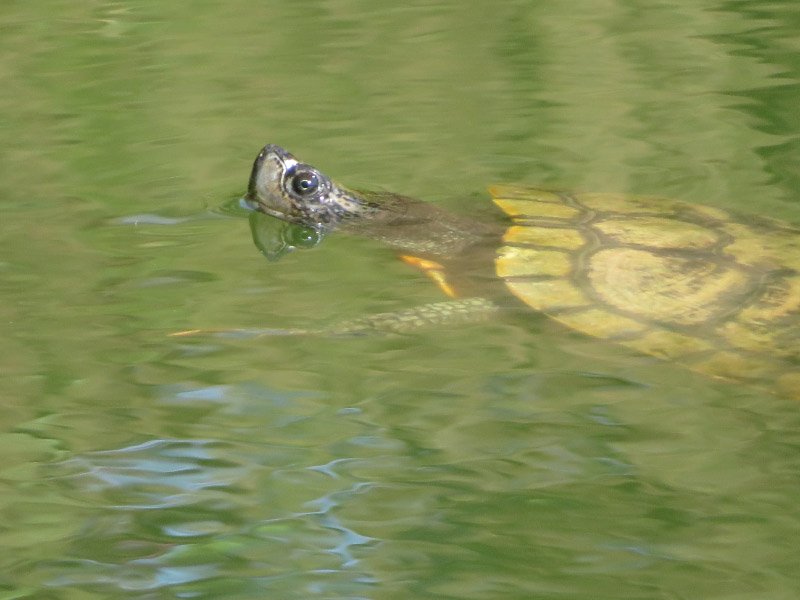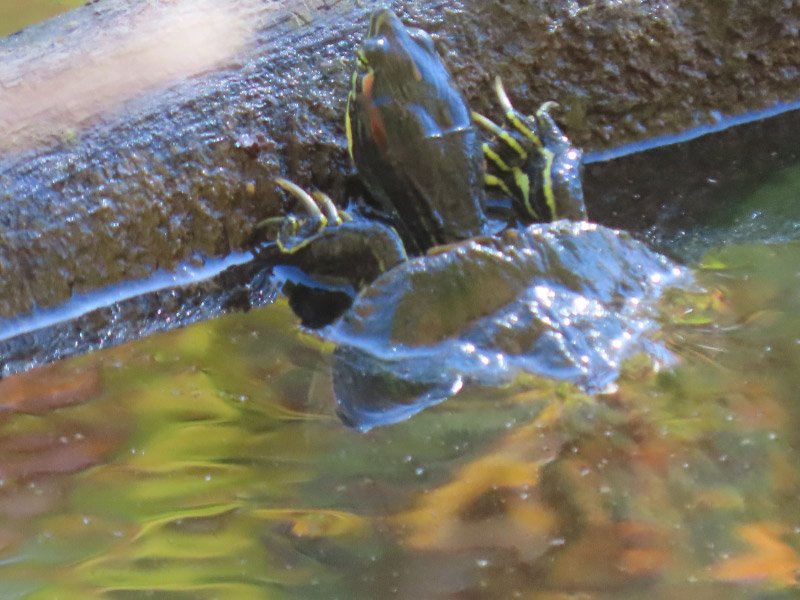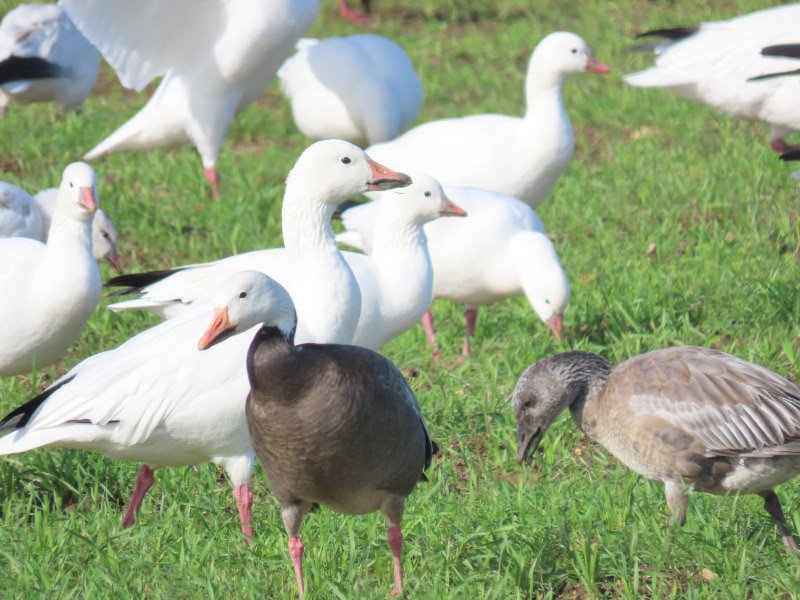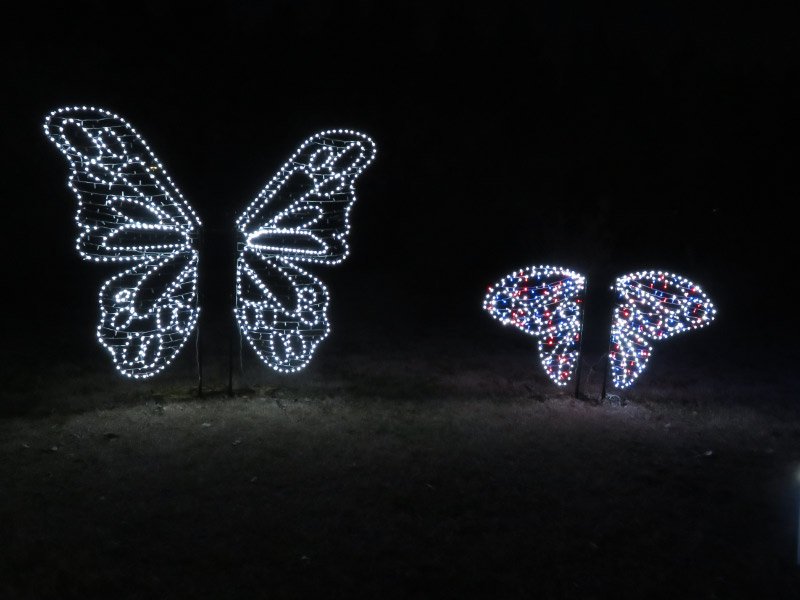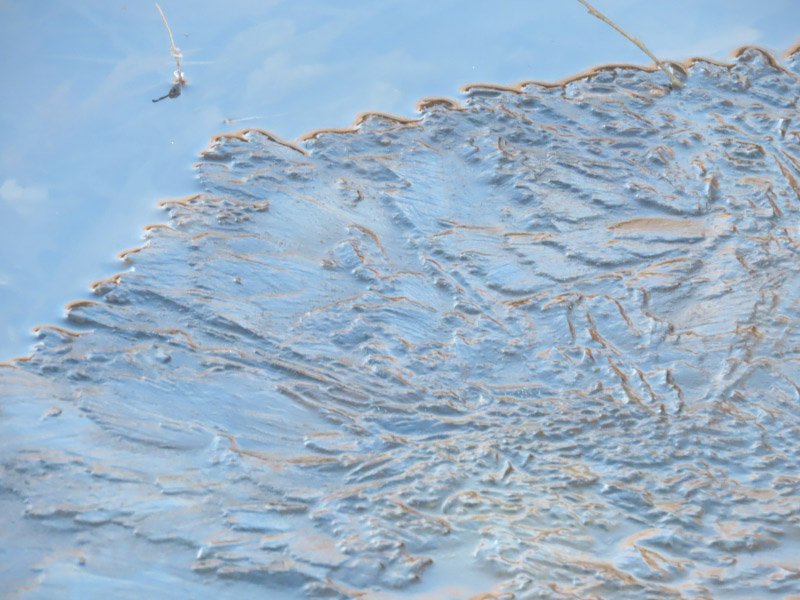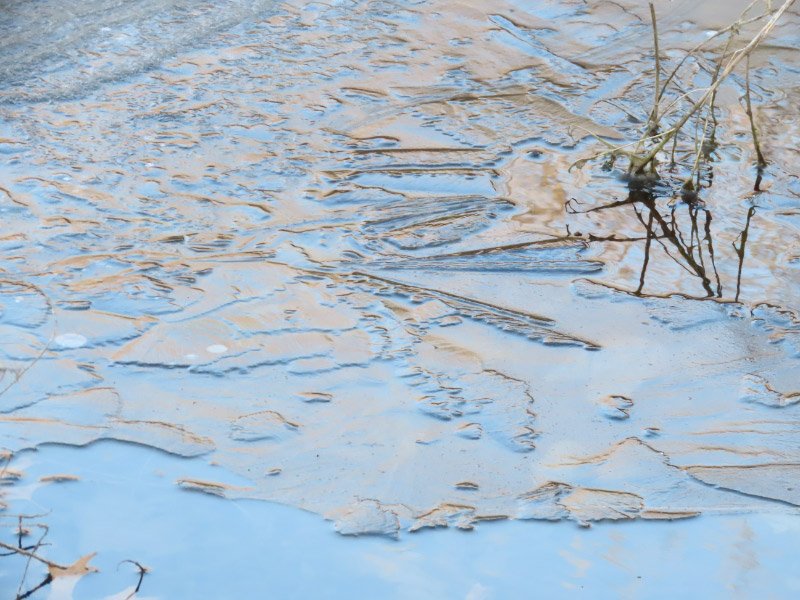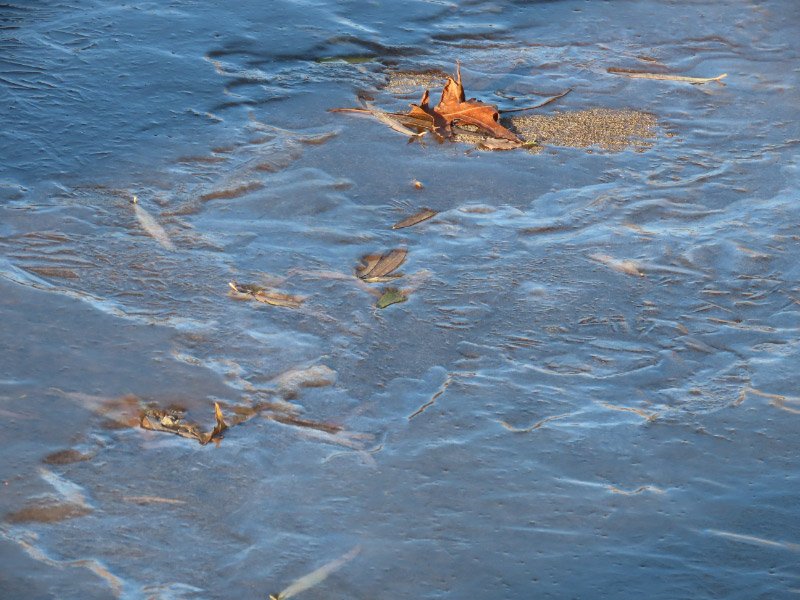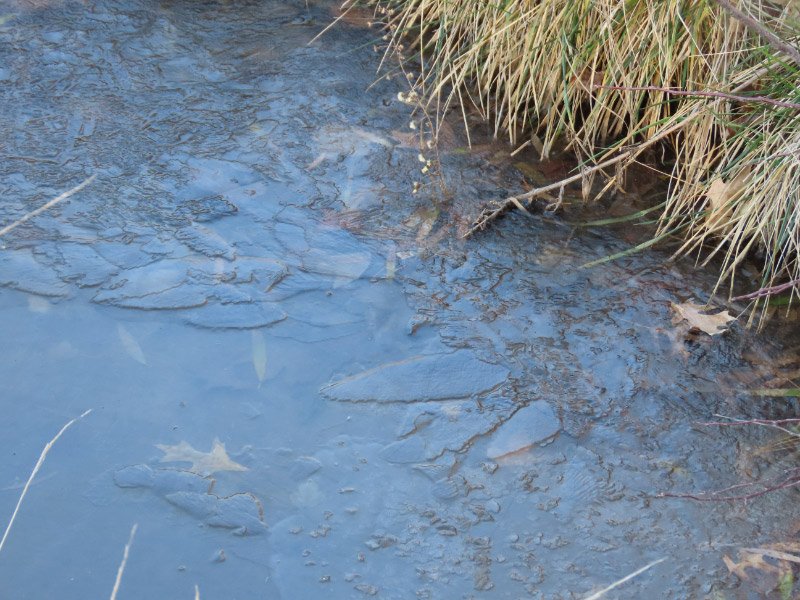The items below were ‘the cream’ of the articles and websites I found this past week. Click on the light green text to look at the article.
H5N1 Bird Flu Detections across the United States (Wild Birds) – A map of US counties where bird flu has been detected in wild birds as reported by the US Department of Agriculture. It would be great if data could come from the National Wildlife Refuges (reporting through the US Department of the Interior) since they often have concentrations of wildlife and staff that would be monitoring the flocks. I know that there were instances of bird flu – primarily in snow geese - that the Bosque del Apache NWR staff were reacting to when we were there the November before COVID-19 curtailed our travel.
Electric car sales drive toward cleaner air, longer lives – Another reason my next car will be an electric rather than a plug-in-hybrid that I have now. However – this should probably be seen as an offset to the negative impacts on public health that climate change will bring; the air could be cleaner, but it will also be warmer and more turbulent. I am becoming less certain that my lifespan will last into my 90s like it has for my parents.
Living the lava life on Mauna Loa – A satellite image from NASA’s Landsat 9. It shows how close one of the flows came to Hawaii Space Exploration Analog and Simulation (HI-SEAS) project habitat. Fortunately, the most recent mission there concluded in May 2022.
The Dead Sea is dying – The lowest exposed place on Earth…water level dropping 4 feet per year…salt formations and sinkholes.
Beyond cola: the strange flavors of soft drinks – Carbonated drinks were invented by Johann Jacob Schweppe in 1783. They were sold in glass bottles and that were recirculated. Regional delicacies. Everything changed with the advent of plastic bottles in the 1970s. Moxie, state beverage of Maine, continued independently for a long time – bought by Coca-Cola in 2018. Soft drinks had a heyday in the years of Prohibition. Follow the link for the whole article, more soft drink history.
Construction of the world’s largest radio telescope begins – Square Kilometer Array (SKA) – one in Australia and one in South Africa. Construction will be completed by the end of the decade, but observations will begin in 2024.
Flameproofing lithium-ion batteries with salt – Finally….hope this solves the fire problem with lithium-ion batteries and, if so, moves into new battery manufacturing quickly.
The 120-year search for the purpose of T. Rex’s arms – A little history of T. Rex finds…and the various ideas about why the animal had such puny arms.
A new weapon against antibiotic-resistant bacteria – Work to find a new treatment for Klebsiella pneumoniae infections that are resistant to common antibiotics with some strains fatal for 40-50% of infected people. A new strategy: weakening bacteria with an existing drug previously used to treat herpes that alters its surface layer to make it easier for the immune system to kill the bacteria. The idea works in the research model…effectiveness in human beings yet to be confirmed.
The science of why hawks are one of nature’s deadliest hunters – Birds and bats….The birds steer toward a fixed point in the swarm instead of singling out a bat. It’s a good strategy against a gathering of prey!

